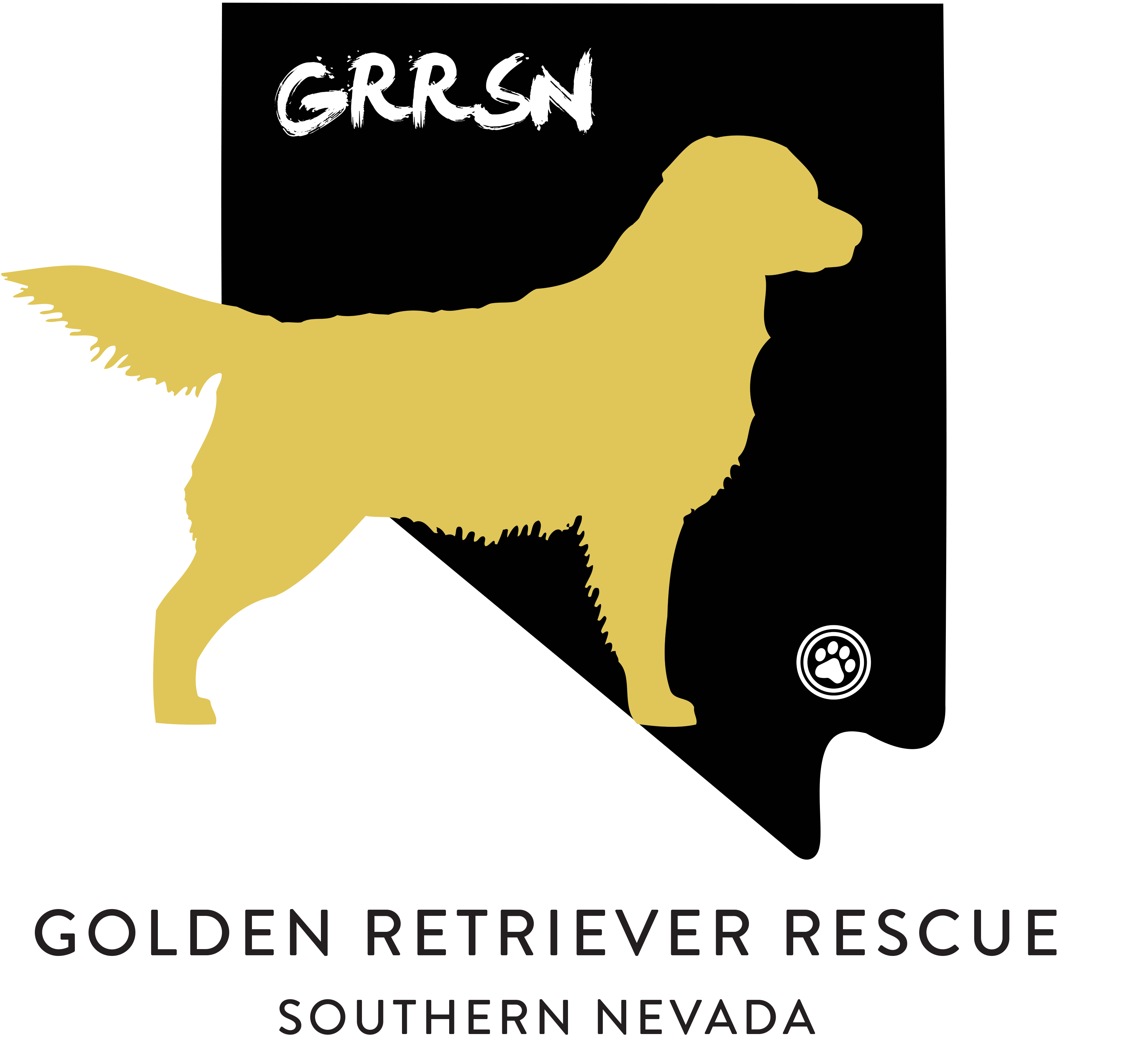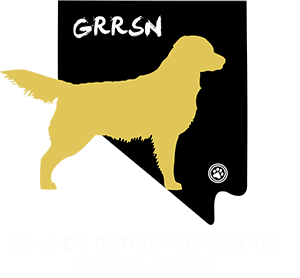DOG RESCUE – BY Cesar Milan
Top 5 Myths About Shelter Dogs
|
|
|
|
|
One of Cesar’s main missions is to promote rescue, rehabilitation, and rehoming of dogs, and a major component of this mission are the countless shelters all over the world. There are hundreds of millions of homeless dogs on Earth, and a large number of them are currently in shelters, waiting for one of two options: Forever home, or death.
Despite the urgent need of shelter dogs everywhere, in a lot of places people are reluctant to adopt them because of certain preconceived notions about shelter dogs. Here are the five most common myths about them.
1. They’re in the shelter because something is wrong with them
This myth comes from common misunderstandings about how dogs wind up in shelters in the first place. The misperception is that dogs end up in animal shelters because they were strays, they were seized in police raids, or they were aggressive. So, they will tend to run away, they will have emotional problems because of how they were treated, or they are just vicious.
But, in reality, a big reason that dogs wind up in shelters is because they were given up by their owners for reasons that have nothing to do with the dog’s behavior. A lot of families give up their dogs because they can’t afford them anymore, or because opportunity forces them to move to a place where they can’t have dogs or, worse, can’t have a dog of a particular breed.
Dogs also end up in shelters when expectations and reality don’t meet — that little Dalmatian puppy grew up into a large, energetic dog living in a studio apartment, or that lap dog that was so cute in the pet store became uncontrollable and dominant because its cuteness earned nothing but affection, affection, affection, so the dog never had any rules, boundaries, or limitations.
The only thing inherently wrong with a shelter dog is that it’s in a shelter and not with a loving family.
2. You’ll never know their history
While this is true, it’s not a bad thing, because that shelter dog will never really know its own history, either — especially not once it’s brought into a loving home with good Pack Leaders. Dogs don’t dwell on the past, and we shouldn’t either, especially when it comes to dogs.
Now, at some shelters, you can get a little bit of a dog’s story, but that’s not necessarily a good thing because, again, humans like to dwell in the past. Adopt a dog that was abused by children, or thrown out of a car, or rescued from a dog-fighting ring, or whatever traumatic event you can imagine?
Well, it’s only a problem if you constantly dwell on what happened before the shelter. The dog forgot about it once it wasn’t happening anymore, and you can help the dog forget as well by not triggering anything that resembles that early trauma.
3. They may have a disease
Yes, they may, kennel cough being particularly common. However, most shelters nowadays will also provide you with a voucher for a subsidized or no-cost first vet visit, and the more devastating diseases have vaccines that are routinely provided by the shelter, like the DHPP (Distemper/Hepatitis/Parvovirus/Parainfluenza) shot, as well as a rabies vaccination. Shelters also make sure that dogs are free of fleas with treatments like Frontline, and free of worms with Heartgard or similar products, and they provide spaying and neutering as part of the adoption process.
4. They aren’t purebred
And…? Unless you’re a breeder or are looking for a professional show dog, mixed breed dogs are a much better choice. They avoid genetic or behavioral problems that are typical of some pure breeds, like hip dysplasia in German shepherds or incessant digging by terriers.
Mixed breed dogs are also just much more interesting looking, since they don’t follow the strict standards required for purebreds. Finally, if you live in an area with breed specific laws (BSL) that ban certain dogs, like pit bulls or Rottweilers, having that other identifiable breed in the mix can avoid issues with your dog being outlawed.
5. They’re too old
Adopting a puppy can be an attractive idea — you get to start out with a four-legged blank slate, and raise it to adulthood. However, people often focus on the “cute” part and forget the reality of raising a puppy: It can be just as intense and difficult as raising a child, and it’s also a full time job.
Sure, it only takes about a year and a half to raise a puppy, as opposed to eighteen (or more) for children, but that can be a year and a half of having things chewed up or peed on, having your rules constantly tested, and having a growing ball of energy rushing around the house.
You can also never be absolutely sure with a puppy what you’ll wind up with as an adult. You may want a medium size dog and the shelter thought that the puppy you’ve adopted was mostly beagle. What happens, then, when the other part turns out to be a St. Bernard or Great Dane and the dog you expected to weigh 30 pounds tops out at 150?
Particularly if you don’t have a lot of time to spend on training, an adult dog around 1 or 2 years old can be ideal. They usually come with all the useful features pre-installed: Housebroken, they know some tricks, they’re used to people. If they do have any behavioral issues, they will be much easier to fix at this point — assuming that they show up at all, which they may not if you do things the right way.
And don’t discount senior dogs, which are those aged 7 years or more. Senior dogs can be ideal for lower-energy households, or in situations where you don’t want to commit for ten or fifteen whole years but still want a loving companion.
So, next time you want to add a dog to your family or your pack, adopt don’t shop — you’ll save a life and find a faithful friend at the same time.




